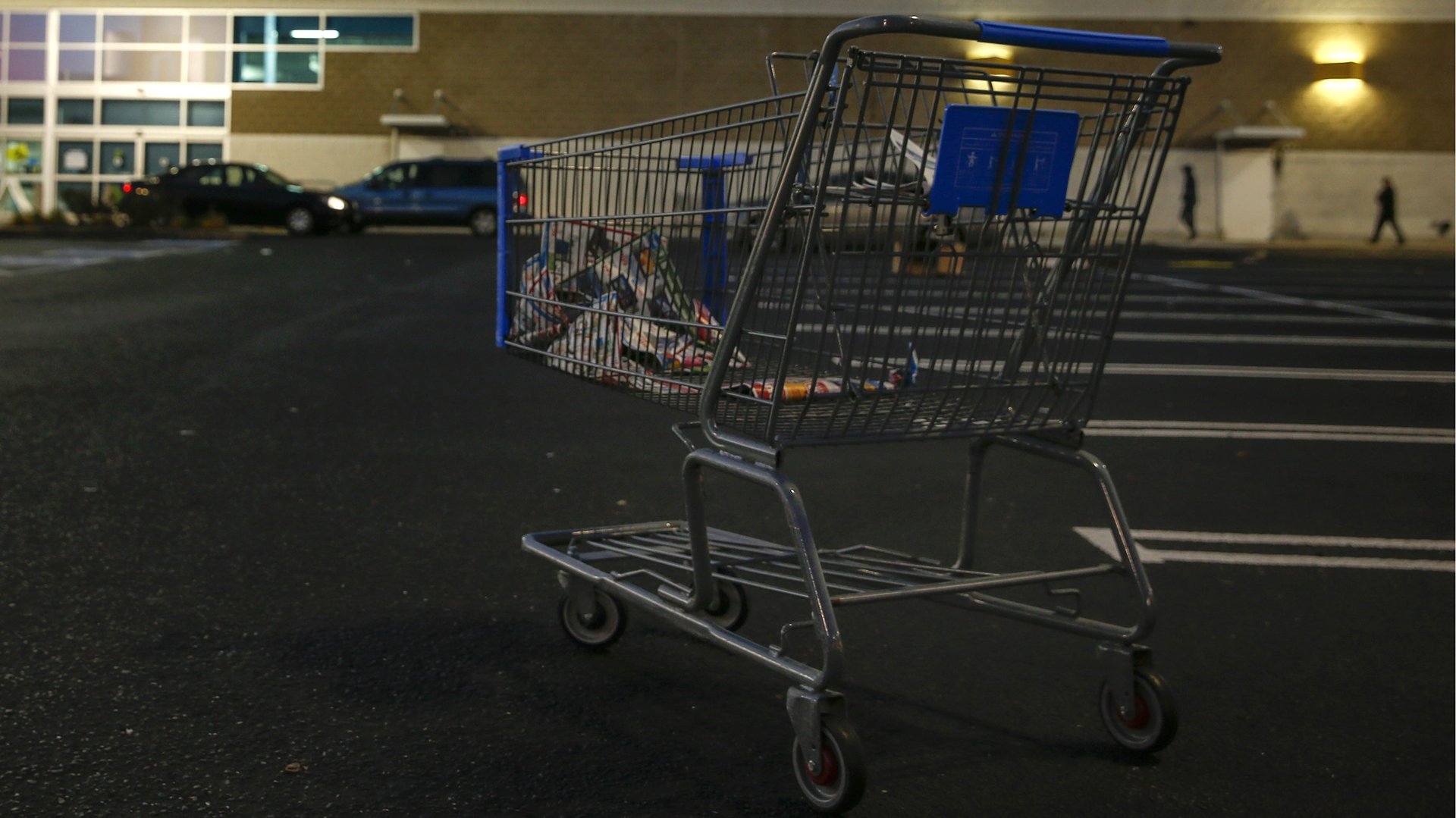The vanishing American middle class should be way more alarming than people seem to realize
Americans just keep getting richer. More than one-fifth of American adults now live in ”upper-income” households, up from 14% in 1971 (i.e. three-person households that make more than $126,000 annually, in 2014 dollars), according to a new report by Pew Research Center.


Americans just keep getting richer. More than one-fifth of American adults now live in ”upper-income” households, up from 14% in 1971 (i.e. three-person households that make more than $126,000 annually, in 2014 dollars), according to a new report by Pew Research Center.
Hooray, right? Well, fortune hasn’t favored everyone—or even most people. The middle-class’ share of the US population has shrunk since 1971 (meaning, three-person households making between $42,000 and $126,000, in 2014 dollars). And while some made the leap to the uppermost income bracket, in absolute terms, far more have slipped into the poorest swath of society.
As American circumstances have diverged, the share of total income held by middle-class households has plummeted, falling from 62% in 1970 to just 43% in 2014, reports Pew. Meanwhile, upper-income households now claim nearly half of those total earnings, up from 29% in 1970.
This isn’t just sad news for the less well-heeled; it’s ultimately an ominous sign for the US economy, nearly seven-tenths of which comes from personal consumption. A single household—even the richest you can imagine—can only buy so much stuff. Putting more wealth in the hands of an ever-shrinking share of Americans eats away at the US economy’s overall capacity to consume. Since the US is one of the few bright spots in the global economy these days, this erosion of American consumers’ purchasing power will keep weakening growth everywhere.